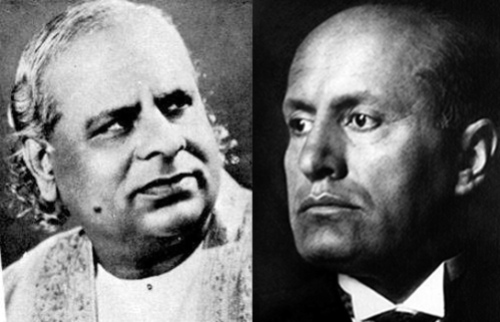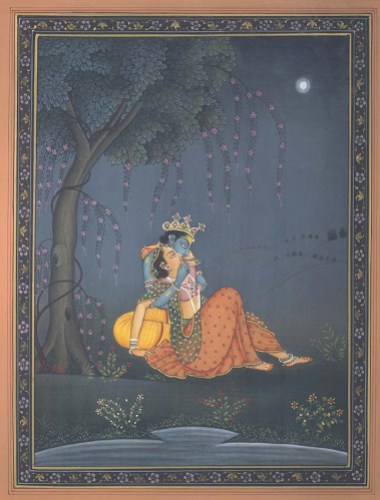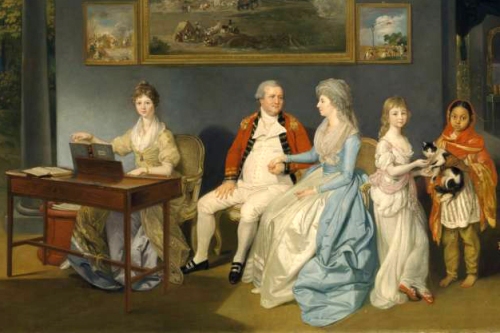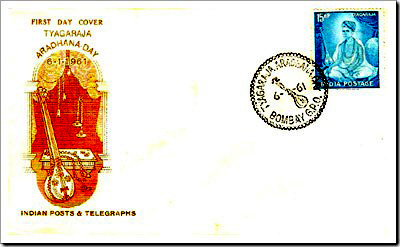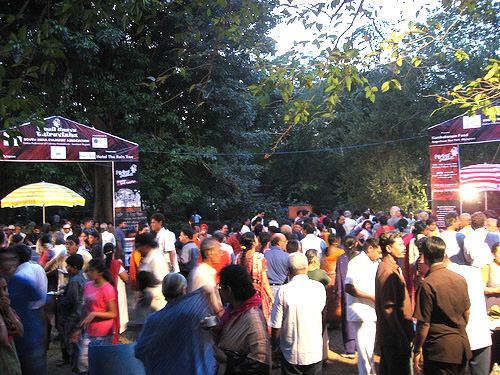Near the end of his visit to Rome in 1933, the Hindustānī vocalist Omkarnath Thakur (1887–1968) received an invitation to dine with Mussolini; Il Duce had caught wind of Thakur’s theories and experiments regarding the inducement of emotional states by rāga performances, and he wanted a demonstration.
After a specially prepared vegetarian dinner, Thakur began with hindolam, which depicts valor. “When I was soaring in the high notes of the rāga,” he later recalled, “Mussolini suddenly said ‘Stop!’ I opened my eyes and found that he was sweating heavily. His face was pink and his eyes looked like burning coals. A few minutes later his visage gained normalcy and he said ‘A good experiment.’”
After Thakur brought him to tears with rāga chayanat, which is meant to depict pathos, Mussolini said, after taking some time to recover, “Very valuable and enlightening demonstration about the power of Indian music.”
Il Duce then returned the favor: Producing his violin, he treated Thakur to works by Paganini and Mozart. Again, both agreed on the music’s power to evoke emotion.
“I could not sleep at all the entire night,” the vocalist recalled, “wondering whether the meeting had really taken place; I thought it was a part of a dream.” The next day, two letters from Mussolini arrived—one thanking him and one appointing him as director of a newly formed university department to study the effect of music on the mind (an appointment that he was unable to accept).
This according to “Omkarnath Thakur & Benito Mussolini” by B.K.V. Sastry (Sruti 163 [April 1998] pp. 19–21; RILM Abstracts 1999-26342).
Although the exact date of this meeting is not recorded, we know that it took place in May 1933—80 years ago this month! Below, Thakur performs rāga bhairavi.
Related article: Rāgs and recipes

